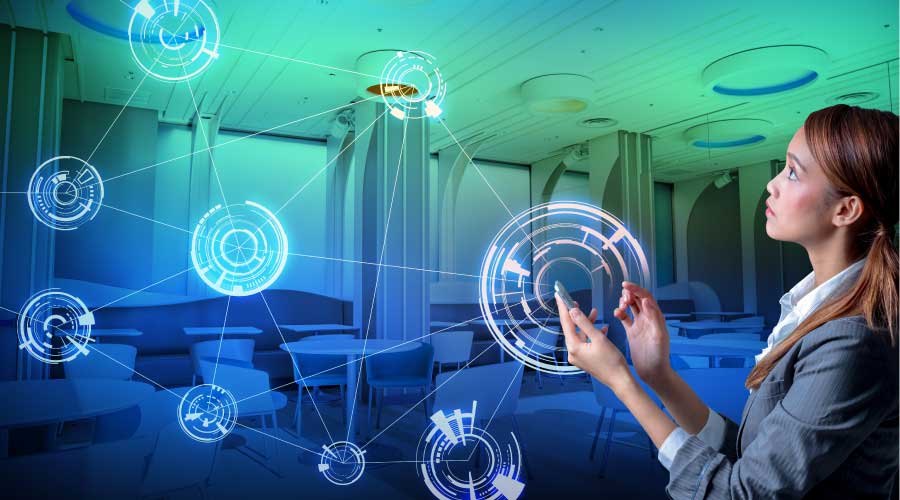Evaluate New Construction, Renovations with EPAct in Mind
There is a great deal of health care construction going on today or being planned for the future. Those projects may present opportunities to earn EPAct tax deductions. But to maximize those opportunities, facility managers should take a hard look at planned capital expenditures to identify opportunities to achieve deductions.
While lighting deductions are easiest to obtain, facility managers should keep in mind HVAC projects may also qualify and therefore should evaluate plans with EPAct in mind. Lighting project planning should include planned HVAC work as well.
For example, virtually all hospital interior and parking garage LED lighting installations will meet the 40 percent wattage reduction as compared to ASHRAE 90.1, 2001 that is necessary for the full EPAct lighting tax deduction of 60 cents per square foot. What's more, having low wattage LED lighting in hospitals makes it more probable that energy efficient HVAC will qualify for the HVAC EPAct tax deduction. A hospital of less than 150,000 square feet that installs LED lighting and a high efficiency chiller or energy recovery ventilation unit will likely qualify for the combined lighting and HVAC EPAct tax deduction of $1.20 per square foot and may well qualify for the maximum $1.80 per square foot deduction.
Chiller right-sizing is a perfect interface for tax savings, since the optimal way to right-size and select a chiller is to model a building using building energy simulation software. The HVAC EPAct tax deduction also requires building energy simulation modeling in IRS-approved software.
Air handling equipment — including heat recovery ventilation, energy recovery ventilation and demand recovery ventilation — are all good techniques to improve air quality, reduce energy costs, and help generate EPAct tax deductions. Hospitals are also excellent candidates for special purpose HVAC measures that can greatly reduce energy costs and qualify for EPAct tax deductions. Such measures include thermal storage and geothermal. For commercial purchasers of geothermal systems, there is a 10 percent credit or 10 percent grant under Internal Revenue Code Section 48.
With the major national initiatives to automate patient medical records, hospital data centers have become the focus of attention. Hospital information technology has evolved from support functions to core operations including real time data transmission to operating rooms, digital imaging and electronic prescription processing in the digital pharmacy.
Basic paradigms are being revisited, such as redefining how cool a data center really has to be and targeting the need for cooling at the actual heat generation source rather than the entire facility. Because of the immense energy needs, some rebate providers, such as NYSERDA in New York, are creating enhanced rebate programs to support data center energy reduction measures.
Facility managers considering lighting projects should also be aware that some large lighting manufacturers also have major health care divisions within their respective companies that focus primarily on products for the health care sector. Facility managers may be able to benefit from the national account cross selling and financing available from these sellers of lighting products.
The overall mandate to reduce medical costs, along with U.S. federal government sponsored initiatives to reduce hospital energy costs, means that hospital energy management is getting a lot of attention. Advances in energy efficient technology, combined with EPAct tax deductions, represent an important opportunity for many hospital facility managers.

Charles Goulding, attorney/CPA, is the president of Energy Tax Savers, Inc., an interdisciplinary tax and engineering firm that specializes in the energy efficient aspects of buildings. Jacob Goldman, LEED AP, is an engineer and tax consultant with the firm. Malcolm Thomas, LEED AP, is an analyst with the firm.
Related Topics:














